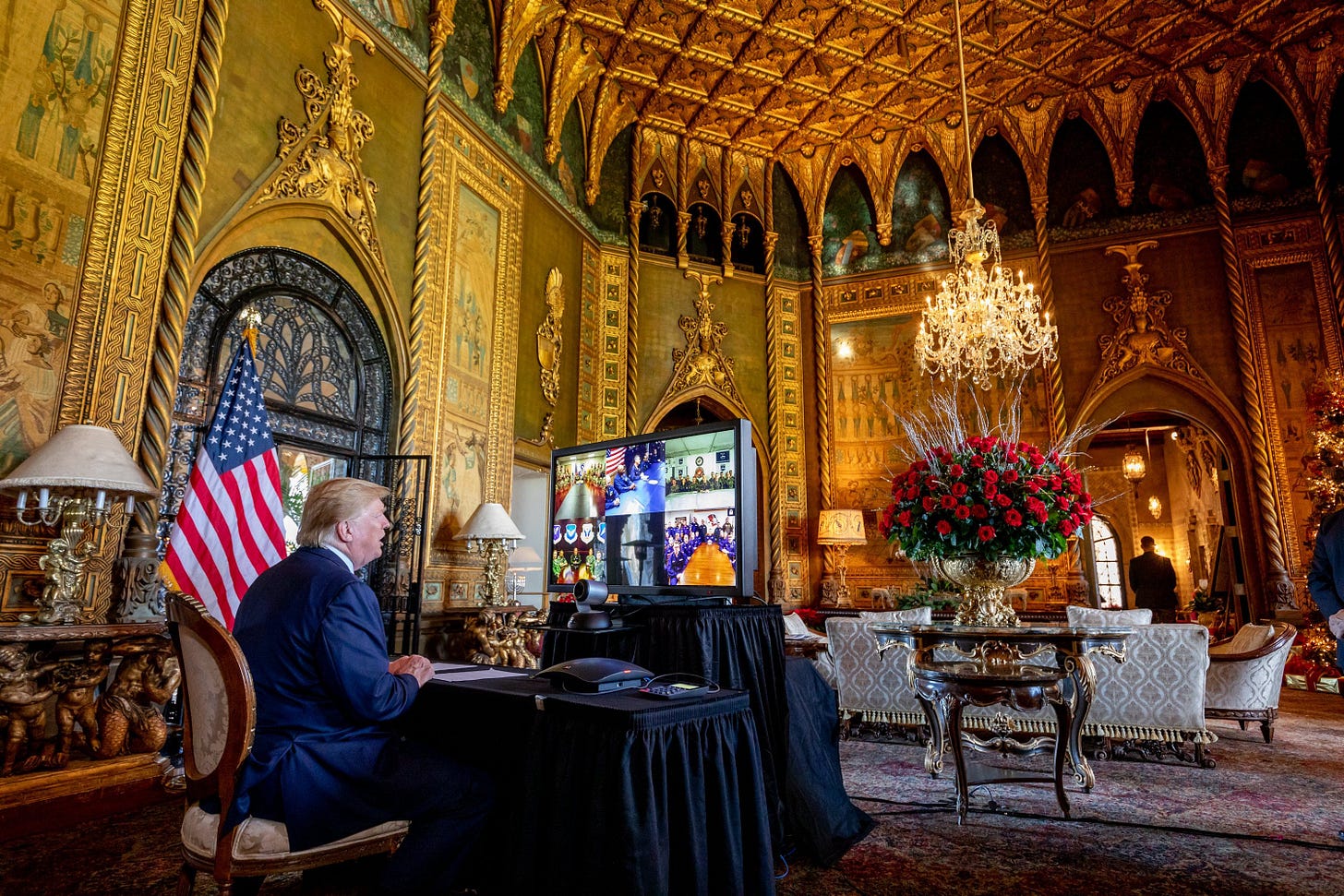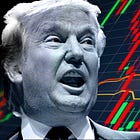The Mar-a-Lago Doctrine Emerges
Trump's tariffs, trade, and security policy
In a series of posts starting in April, I have attempted to analyze the Trump administration tariff campaign on its own terms. Rather than propagandize the tariffs, as too many influencers do these days, I have tried to understand the intended influence of the tariffs on the economy against the actual outcome. I figure that is fair.
Not being an economist, this has meant listening to hours and hours of economists talking, with occasional pauses to look up terms and concepts, because it turns out there is an actual working theory of the dismal science, here. President Trump is not simply making it up as he goes. Really!
Amazing, I know. No one has been more surprised to report this news than I have been, and now we can see how Donald Trump’s intentions are shaping his current decisions, even his most controversial ones, for better or worse. Predictive models that work should be adopted broadly, while predictive models that do not work should be abandoned.
That’s the entire purpose of these little essays: we all need a more empirical understanding of Donald Trump, no matter what we think about him. As I keep saying, ideology does not explain Trump. Trade and tariff policy are probably the closest he comes to any sort of idealistic policy crusade. Understanding the ideas behind that policy is therefore essential to either praise or critique.
(I am paraphasing my own understanding of administration policy thinking below. I am not speaking for the administration.)
In brief: Stephen Miran, Chairman of the Council of Economic Advisors, as well as Treasury Secretary Scott Bessent, reject the longtime Washington consensus on low tariffs as an instrument of ‘soft policy’ abroad. Globally-low tariff rates were supposed to make the world love America, whereas Trump wants to Make America Great Again. It’s right there on the hat, see?
Their reasoning: America has experienced current account deficits (‘trade deficits’) since 1980 because our dollar serves as the global reserve currency, which prevents currency exchange rates from equalizing trade imbalances. They point out, accurately, that practically all of the economists who disagree with them simply assume in their models of the economy that trade deficits just do not matter, disappearing like magic. Meanwhile, generations of Americans have watched their manufacturing base leave America.
Their plan: Announcements of higher tariffs will reset the global norms (‘Overton window’) of possibility and compel trading partners (‘countries’) to negotiate new terms with the United States (‘trade deals’) that serve as diplomatic and public policy achievements (‘wins’) for Trump, leading up to a new international trade and security order a la Bretton Woods (a ‘Mar-a-Lago system’). He’s going to win that Nobel peace prize one way or another, guys!
Their predictions: (1) Limited economic pain will follow tariff announcements as markets adjust to the ‘new normal’. (2) Effective tariff rates in ‘trade deals’ will be higher than they were at the beginning of the Trump administration, but much lower than initial announcements. (3) The dollar will become volatile and ultimately weaken, encouraging American exports. (4) Tariff revenue will fill the coffers, replacing other forms of revenue that have been reduced to stimulate the economy (‘tax cuts’). (5) American security dominance will be sustainable instead of bankrupting America.





